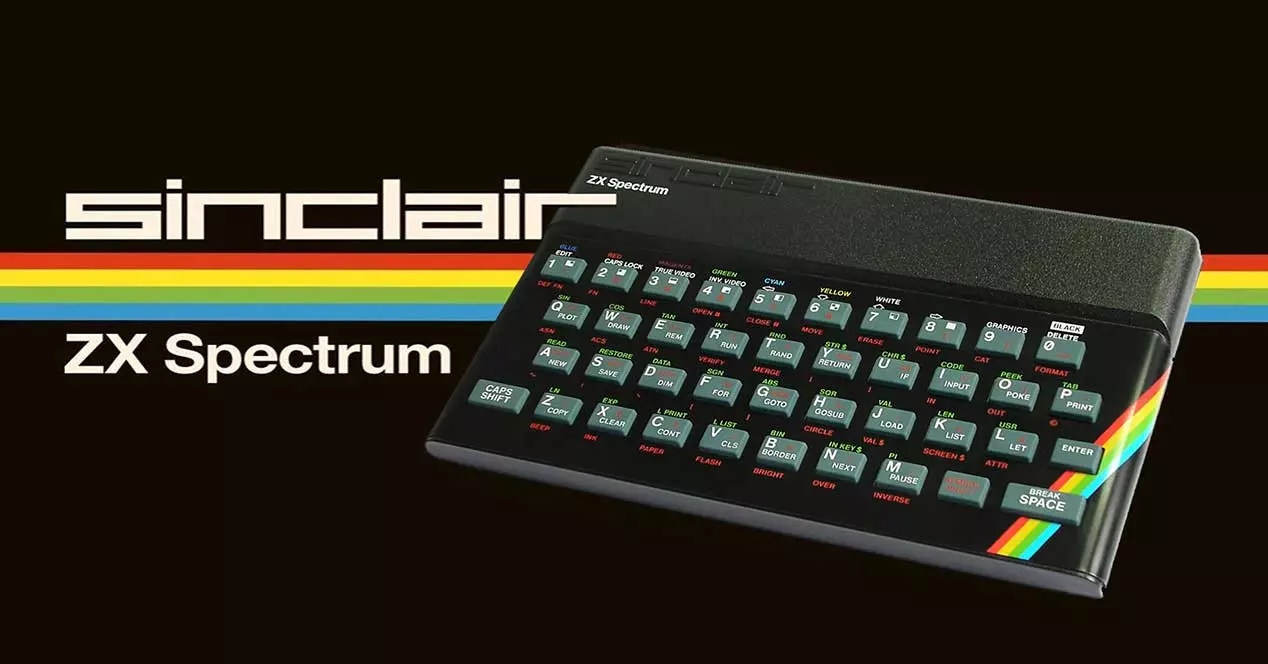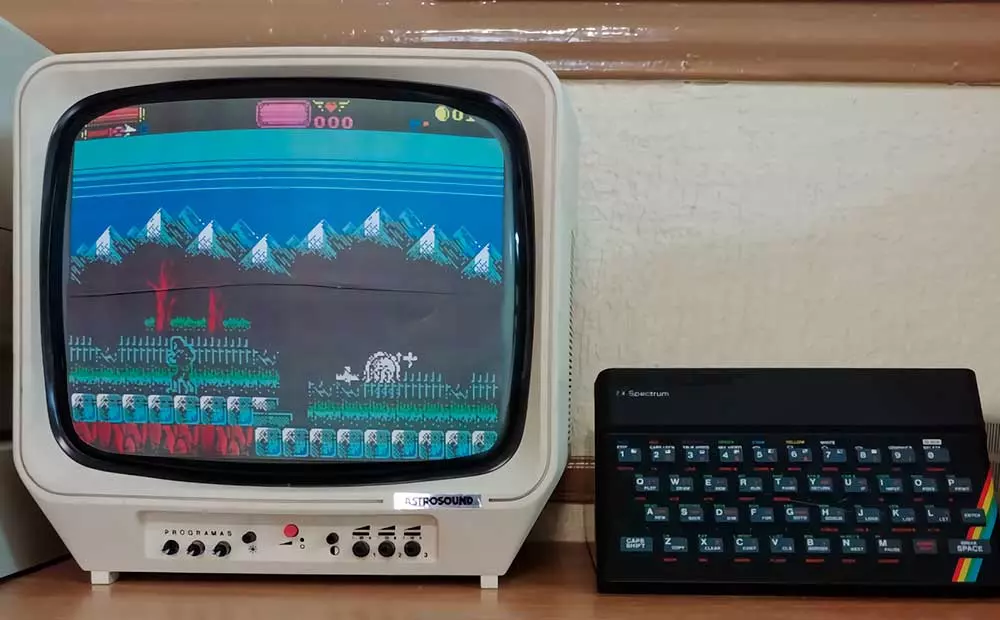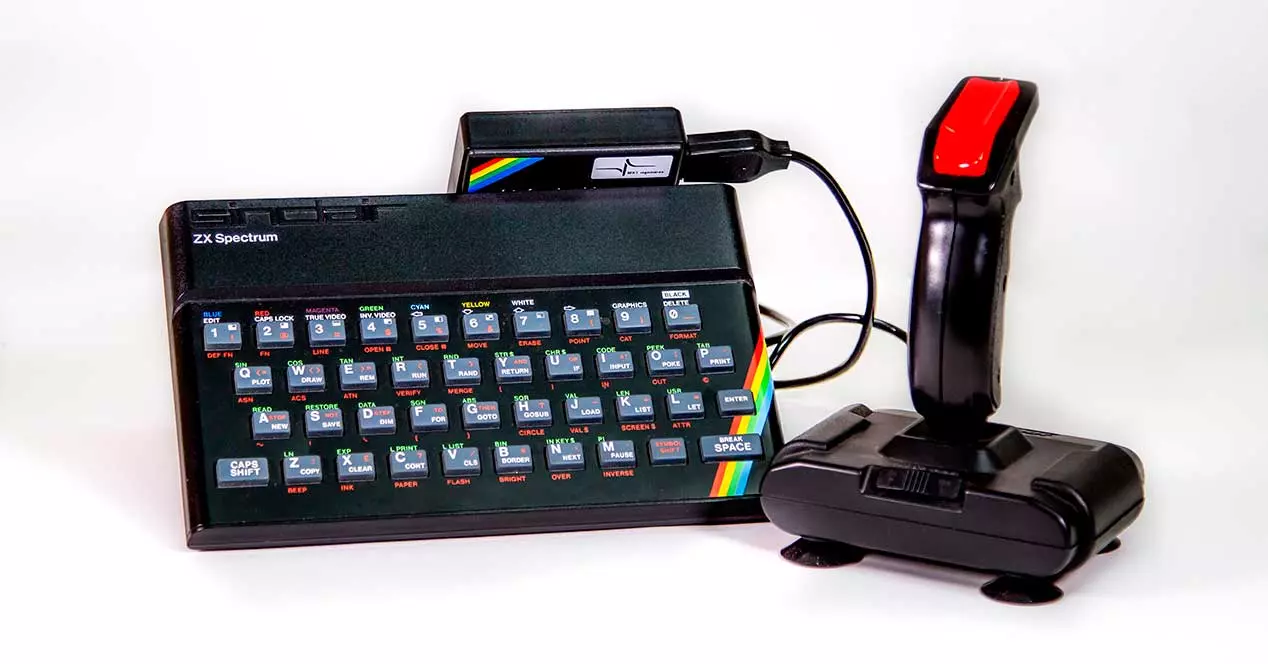
The 1980s were a golden age for both professional and consumer computing, perhaps more so for the latter. And it is that the dream of many was to bring a PC to any user as it was for Bill Gates to do it with his Windows OS, and although many tried, few succeeded. One of those who succeeded was Clive Sinclair, who brought that dream to life when he presented the ZX Spectruma PC that at the time was partly revolutionary for its hardware.
It was in the 80’s when this young entrepreneur created Sinclair Research LTD in the UK, where a few years later he already had his first PC available to try to fulfill that dream. The novelties in the sector were several and for this reason they are remembered, where the hardware logically had a large part of the “blame” for the already mythical fame it obtained.
This was the ZX Spectrum, the personal computer for everyone
The characteristics today seem laughable to us, but at that time it was a revolution in many aspects where today it would be almost impossible to achieve what Sinclair achieved more than 30 years ago.
The ZX Spectrum was an evolution of the ZX80 and ZX81, and after this came various improvements and versions, such as the Spectrum ZX +3 and other variants, but we will focus on the original and simple version. Its compact and optimized design for the time was a revolution and took the gaming sector to the next step, all thanks to a Zilog Z80A processor that ran at a whopping 3.5MHz.
It was a processor. 8 bit capable of obtaining a 16-bit addressable bus that allowed it to have a ULA for other related functions, which left more computing capacity to the CPU for what is really important.
Its ROM memory had a capacity of 16KBwhile RAM was configurable and selectable between 16KB and 48KB, which for the time was something incredible. Logically, the 16-bit addressing gave as a limit 64KBso it was really a pretty balanced system in terms of performance and bottlenecks.
In addition, the storage system today is a jewel with which they seek to do business, since normal cassette tapes were used, such as those used to record music or those that were sold as albums by singers and groups. musicals.
Color games, a real revolution
The keyboard was another important aspect to be able to improve in games. It was membrane and had multiple layers to make contact with each press through keys with rubber covers. As if that were not enough, the hardware of the Spectrum ZX had a 40 ohm internal speaker which gave an output of 1 signal per channel.
In the video section, really groundbreaking, it had an output with a resolution of 256 x 192 pixels with 16 colors available, although they were really 8 basic colors converted with a complementary palette with more brightness.
The most remarkable thing is undoubtedly that the image buffer had a 32 x 24 matrix divided into blocks, where these could represent a maximum of two colors, hence its main visual review on the screen, which is unmistakable.
Later peripherals arrived to improve the gaming experience such as the ZX Microdrive, mice or joysticks that would be connected by the interface ZX Interface 2. Its fame is not so much due to its hardware, but rather to its games and especially to its software capabilities, being able to support a very wide variability as Pascal, LISP or Forthas well as multiple assemblers, which created a very rich software community that left one of the best times for its development in memory.
Without a doubt, it was a change in the paradigm of PC at home, gaming PC and development from the desk without having to go to the office, something that today is standardized and we all see normal, so many of us remember the ZX Spectrum hardware as the real forerunner of all this within the user friendly environment.





